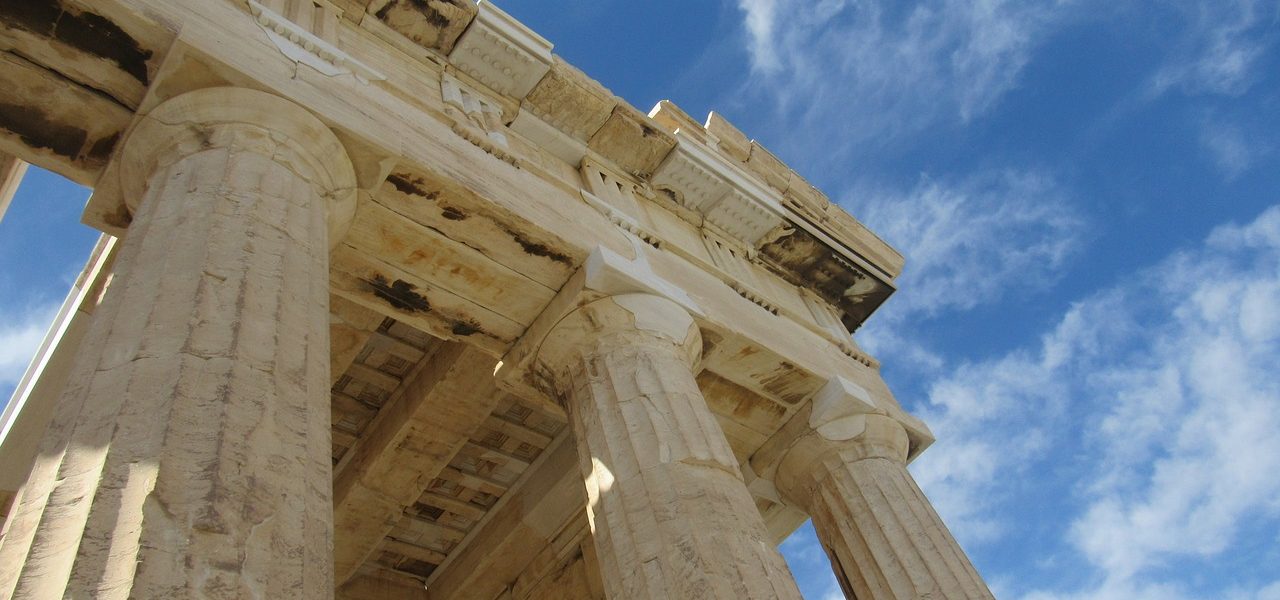Home › Forums › Early Modern Europe › International relations similarities b/t the Renaissance Papacy and Post-War U.S
- This topic has 1 voice and 1 reply.
-
AuthorPosts
-
 PhidippidesKeymaster
PhidippidesKeymasterI came across an article published earlier this year by David A. Hughes entitled, “Renaissance Catholicism and Contemporary Liberalism: Western Ideology on the Eve of the Reformation”. The author draws an interesting parallel between the ideological disposition exercised by the U.S. post-WWII and the papacy after 1443 (presumably leading up to Martin Luther). Here is an excerpt:
Both ideologies are, for reasons of historical contingency, dominated by a single hegemonic power (the United States and the papacy, respectively) that not only claims the authority to define Western ideology, but is also generally accepted as having the legitimacy to do so. Those hegemonic powers strive to achieve doctrinal stability so as to bring ideological unity and cohesion to Western civilization at the same time as they underscore their own cultural centrality.
http://onlinelibrary.wiley.com/enhanced/doi/10.1111/jore.12044/?hootPostID=0a196e0aafda818d572a208ea40800aaI haven't gotten through the whole thing, but I presume that the author is drawing this out as a lesson/forecast of where the U.S. is headed. Is this a valid comparison for the author to make? Right off the bat I fear political-religious bias in the author's tone, so this may color the opinions that he offers. Nevertheless, the larger valid question remains: if the U.S.'s grip (both actual and self-perceived) on defending liberalism falters, what is to come when a major split is made?
-
AuthorPosts


